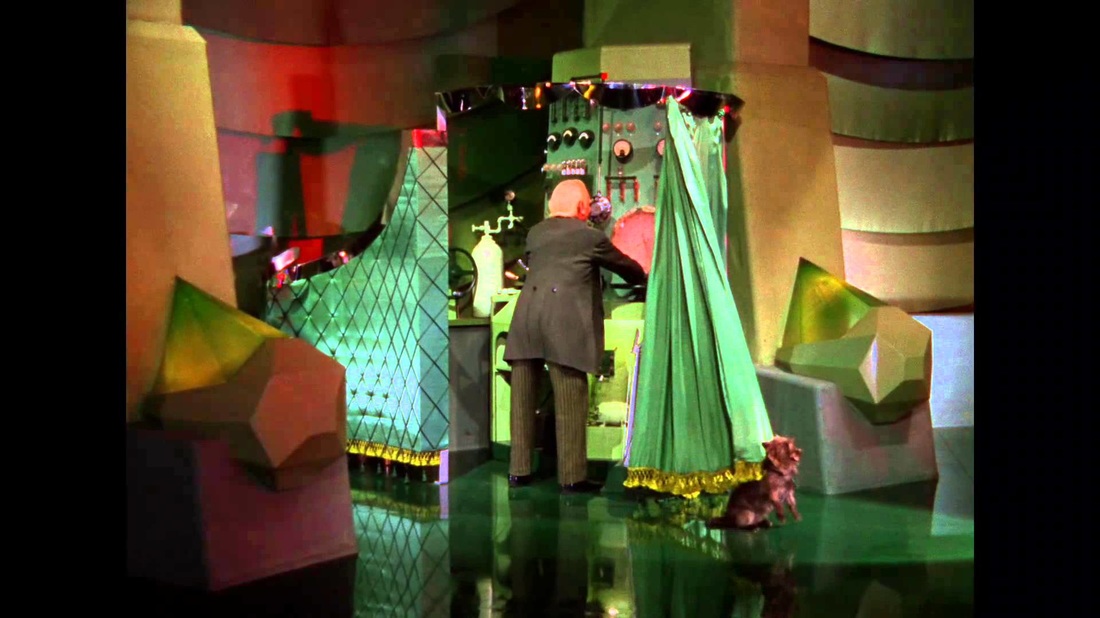As with most phases, and aspects of career development, and job networking, preparation comes first. If you have not done so, develop a concise, and powerful personal pitch (personal elevator speech). Keep it to two to three sentences, and if possible, include a question. An example that I use for my Career Coaching Practice is “You know how most people seem to hate their job? (heads nod) So I use assessment to help Clients decide if they are better off continuing with the same work or making a change. The keys to my practice is Assessment, Planning and Action.” Once you feel you have a concise personal pitch practice it. Practice with friends, family, and others you trust. Another preparation is to have a current resume that has a simple format, and conforms to best practices. (Best resume practices were covered in a previous segment.) If someone you meet with says “that sounds interesting, do you have a resume?” You want to be prepared. If possible, carry a couple copies of your resume with you. Or get contact information, or a business card so you can follow up the same day. The third piece in preparation for face to face networking is to be well groomed. (I realize this is stating the obvious, but believe it or not, I have been to job networking conventions where candidates show up with full, untrimmed beards, and suit pants with a 2-inch rip at the bottom of the leg. Sometimes on the same person! Better to lose the worn suit, trim the beard, and wear dress pants, a white shirt and tie.) Riding along with sharp grooming is dressing the part. The book “Dress for Success” has been a staple on this topic for more years than I care to remember. I have used it to prepare for important meetings, and job interviews throughout my corporate career. The author updated the book, and now has the title of “John T. Molloy's New Dress for Success”. Good used copies of this book can be had for under $5 at Amazon. A last piece to mention for proper preparation is correct attitude. Concentrate of being a good listener. This good habit will benefit you, and the person you are speaking with, and make best use of your time. Have some questions prepared. Some questions that are almost always good ones are “How are you working to improve your customer’s experience?” “What is the biggest challenge for your organization in the coming year?” “What is your organization’s five-year plan?” “What is the biggest block your organization need to overcome in the next two years?” Have your successes ready to discuss. You don’t need to get into details – time may not permit. But have two to three personal successes in mind that you can offer up. Some examples are “I helped deliver a $312-million-dollar project.” “I created a workable disaster recovery networking plan at Federal Trust.” “I completed a full MBA while working full time.” (All three of these I have actually done.) To wrap up our discussion of preparation for face to face networking, below is a check list:
- Have a concise personal pitch and practice it until it is a polished presentation.
- Be at your best groomed self. Don’t underestimate a fresh haircut, or looks update.
- Dress the part. Dress shirts need to be clean, and pressed. Clean and pressed slacks, blazer, or suit.
- Be prepared with a positive, and friendly demeanor. Use a mirror to practice what you want to express. Focus on the positive. Be friendly, and focus on being a good listener. Being a good listener is a great asset. People notice good listeners, and are drawn to them.
- Have your successes in mind. Keep time limitations in mind, but have two to three personal success stories in mind. Practice presenting your successes in less than a paragraph. A Career Coach, or Career Counselor can be of great value in calling out your successes, and your value that you can repeat to others. Chat is fine, but stay on topic – you are here to network. This means to learn about the person you are speaking with, and bringing to light the solutions you can bring to the table.
Now unless you are brain-dead, you are probably asking “so where exactly can I do this face-to-face networking of which you speak?” Great question! In a very broad sense you are doing face-to-face networking wherever you take yourself, where ever there are others you engage with. This is the grocery store, the drug store, card parties, lodge meetings, and sports clubs. But in the context of job searching, and career networking let’s tighten our focus.
In general, you can think of face-to-face networking opportunities as two types: 1) Those within your organization, and 2) those outside of your organization. Opportunities inside your organization may include mentoring, or coaching opportunities with other employees of your organization. If your organization does not have a mentoring program, this is an opportunity to start a discussion about one. Start with your boss, your HR team, and/or your in—house training team. Although not obvious a job interview can be a great face-to-face networking opportunity. Even if you are not a perfect match, apply for a job with a team you are interested in, or have heard good things about. You can ask recruiting, or the hiring manager if they know of any mentoring, or coaching programs. Depending on your comfort level, you may even ask the manager to mentor you. Stranger things have happened. Another networking opportunity in-house are presentations by various business lines, and IT Groups. The last two companies I was with had some flavor of these in person presentations. Sign up for these presentations, and be friendly. You may just end up with contacts outside of your normal teams that can come in handy as you seek out a new job, or seek out networking opportunities. Ideally, your boss is also your coach or mentor – at least to some degree. Ask your boss if they know of any mentoring programs, or professional groups that meet to help develop your skills, education, and job skills. In-house classes can be another way to network face-to-face. Sign up for a company class that will improve your skills, or your professionalism, and be friendly. Ask good questions, and be a good listener. (Good listeners are valued, and attract others to them. Always remember this.) Toastmasters is kind of a special group, as in some clubs you do not need to be a member of the sponsoring organization to be a local member, but I will put Toastmasters in this first category as most often a company, or organization sponsors a local Toastmasters group, and the company encourages their employees to check it out, and if they like it – join up. Toastmasters members are the kind of people you want to get to know. They are highly motivated professionals, that are often in, or looking for a leadership role. They are out-going, or they want to BE out-going. The added benefit is that you develop your listening skills, and also develop your skills presenting a topic to a large number of people. You can usually go to one meeting as a guest without cost, and without commitment. I encourage this.
The second group of face to face networking are those outside your organization. These include professional organizations specific to your job. Another venue is job fairs. These are usually listed as part of your state’s economic development web site. For example, in Minnesota they are listed at http://mn.gov/deed/job-seekers/find-a-job/job-career-fair/ . To locate job fairs in your area, google “job fairs in (your state)”. Another option for networking outside your organization is through Meetup. Although Meetup is a very large bucket, not specific to career networking, there are many, many career meetup groups to be found there. Some may charge a small fee to attend, some may ask for donations, some are completely free. In a broad sense, any organized group where you interact with others can be an avenue to do face-to-face networking. Consider joining new groups to expand your circle of contacts. Maybe you have wanted to learn bridge. If so, look for a bridge club. Ever thought of rock climbing? If have, and joined an outing club that scheduled regular rock climbs. Maybe you want to give back to your community. Get involved. But get involved in something you are passionate about. What are your hobbies? These will give you an idea of the things you love.
So when considering networking, don’t neglect the most powerful networking of all; Face-to-Face networking. Look sharp. Be friendly, but not pushy. Have your personal pitch perfected. Concentrate on being a good listener. And most impotantly, be yourself. Who is better qualified?





 RSS Feed
RSS Feed